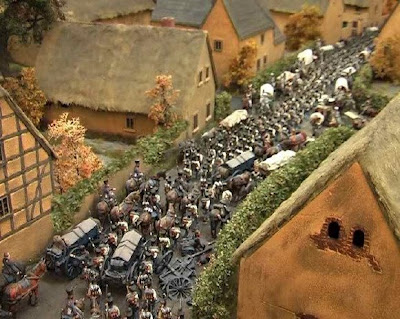First birthday of ALKAID and launching of issue no. 4
 A cultural act to celebrate the first anniversary of ALKAID EDITIONS and the launching of the issue No. 4 of ALKAID MULTITHEMATIC MAGAZINE, took place the 23 of June in the facilities of "Caja Duero" in Valladolid (Spain),
A cultural act to celebrate the first anniversary of ALKAID EDITIONS and the launching of the issue No. 4 of ALKAID MULTITHEMATIC MAGAZINE, took place the 23 of June in the facilities of "Caja Duero" in Valladolid (Spain),The act, included in the activities of the JESUS PEREDA CULTURAL ATHENEUM, counted on the attendance of a numerous public, who followed with attention the introductory words of Pilar Iglesias (ALKAID's chairman) and three brief conferences about: "Geographic Information Systems" (Sergio Pardo, expert in G.I.S.) , “Introduction to the New Digital Art” (Agustín Espina, graphical designer of ALKAID) and " Web 2,0 and scientific divulgation" (Rafael Pardo, scientific director of ALKAID EDITIONS).
 from left to right: Pilar Iglesias, María Vallejo (Jesús Pereda Atheneum), Rafael Pardo, Sergio Pardo and Agustín EspinaThe magazine ALKAID has a multithematic structure: science, art, trips, gaming, environment, history, literature, poetry… and the issue 4 contains a "Napoleonic" article by Miguel Angel García García, La repercusión de la Guerra de la Independencia en la población civil (The repercussion of the Peninsular War on the civil population) presenting several testimonies about the personal and patrimonial damages suffered by the population during that conflict, giving back to us the horrors of the war.
from left to right: Pilar Iglesias, María Vallejo (Jesús Pereda Atheneum), Rafael Pardo, Sergio Pardo and Agustín EspinaThe magazine ALKAID has a multithematic structure: science, art, trips, gaming, environment, history, literature, poetry… and the issue 4 contains a "Napoleonic" article by Miguel Angel García García, La repercusión de la Guerra de la Independencia en la población civil (The repercussion of the Peninsular War on the civil population) presenting several testimonies about the personal and patrimonial damages suffered by the population during that conflict, giving back to us the horrors of the war.













































